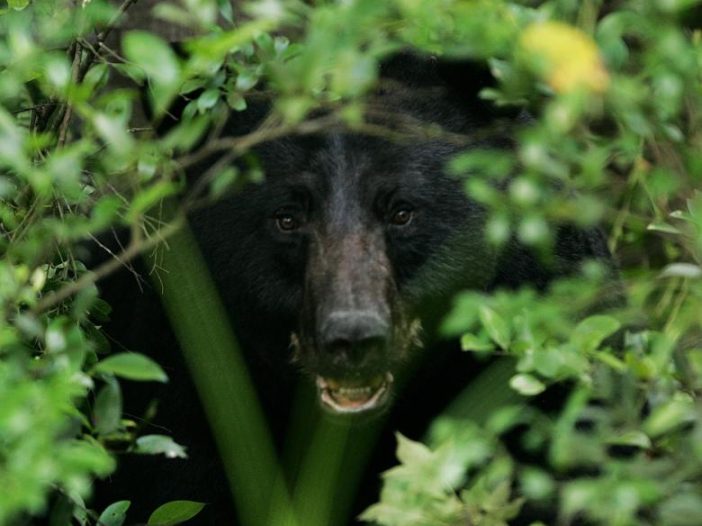Thinking about going on your first solo backpacking trip? This guide breaks down everything you need to know from choosing beginner-friendly trails in Western North Carolina to essential gear, safety tips, and mental prep. Whether you’re craving solitude, challenge, or a fresh start, solo backpacking offers a unique chance to reconnect with yourself and the natural world.
Read MoreOutdoor Safety
Bear Encounters: How To Safely Navigate Through
An encounter with a black bear is an exhilarating yet daunting experience. While black bears are typically non-aggressive, they are immensely powerful creatures capable of causing harm or even fatality to humans if they feel threatened. Being prepared and understanding the right actions to take when you encounter a bear can make a significant difference. Here are some useful tips to keep you safe.
Read More
